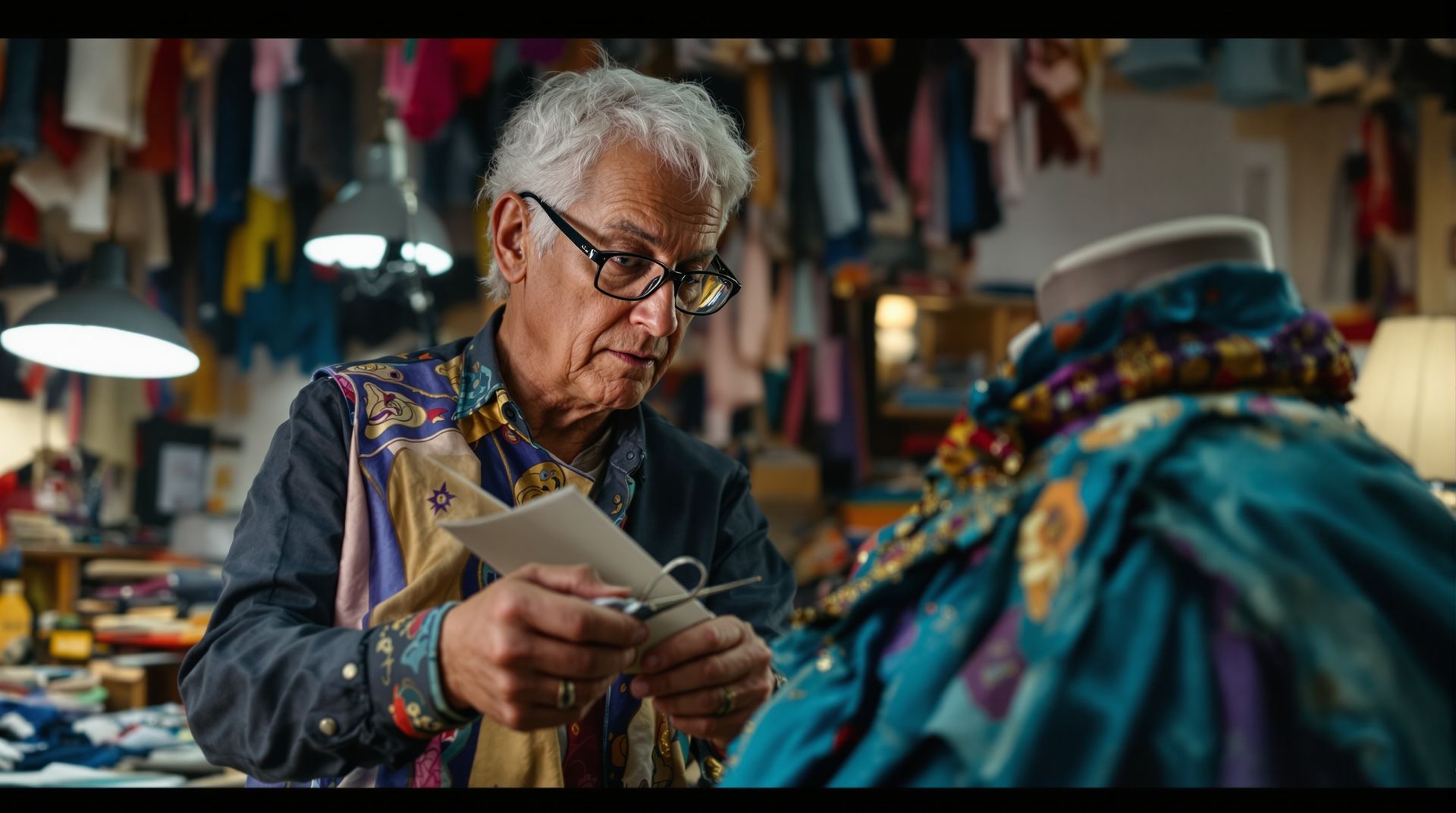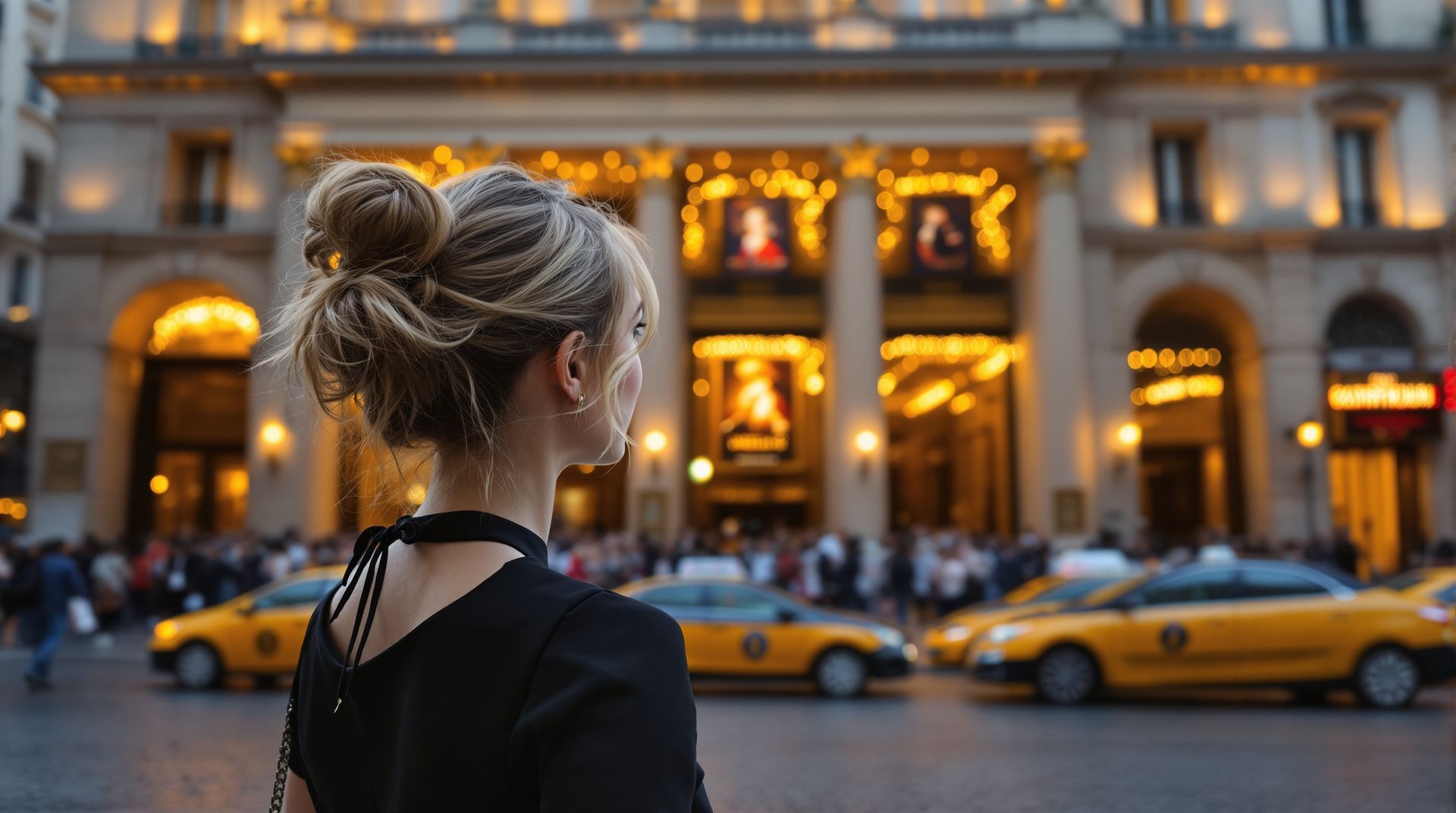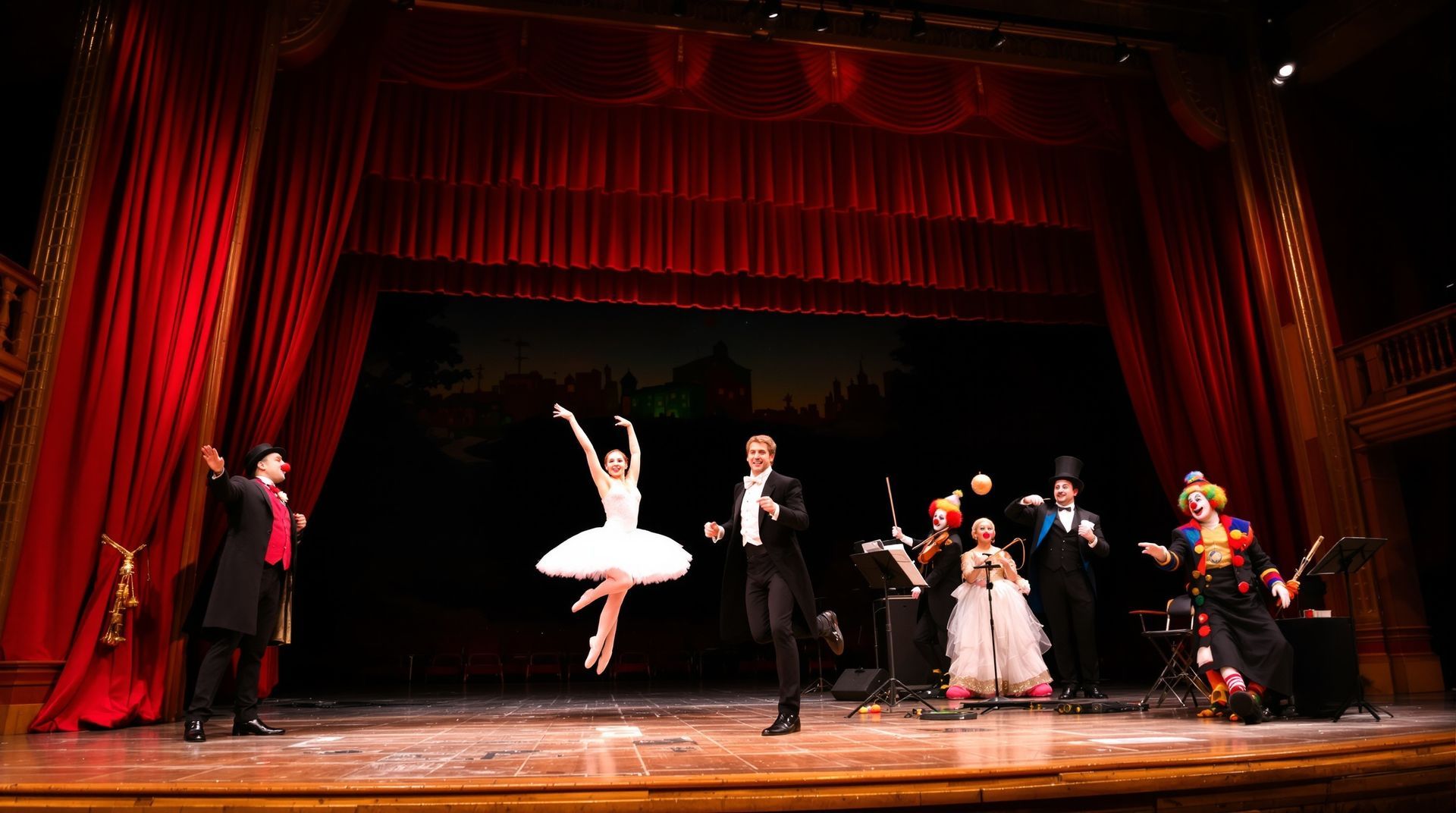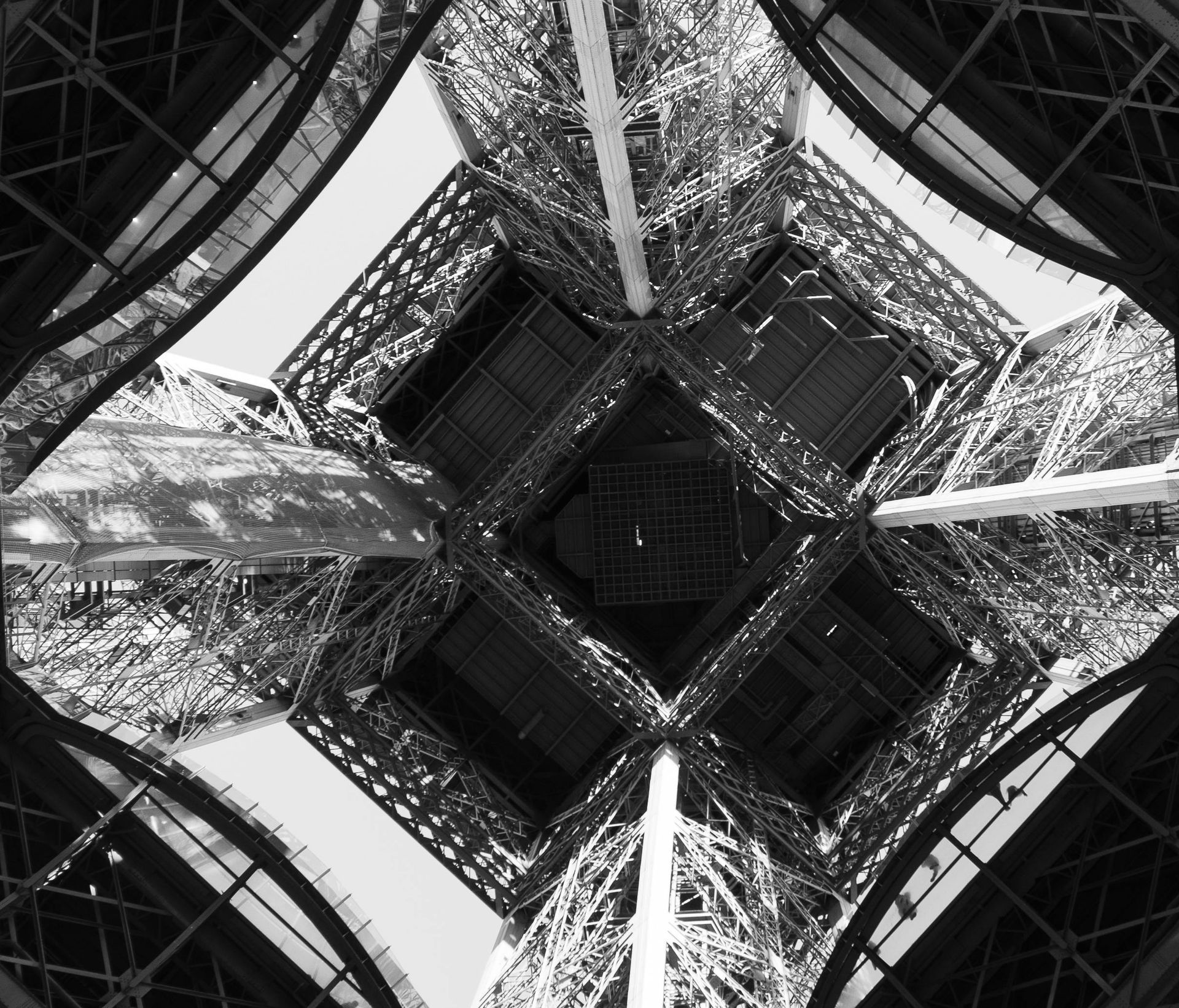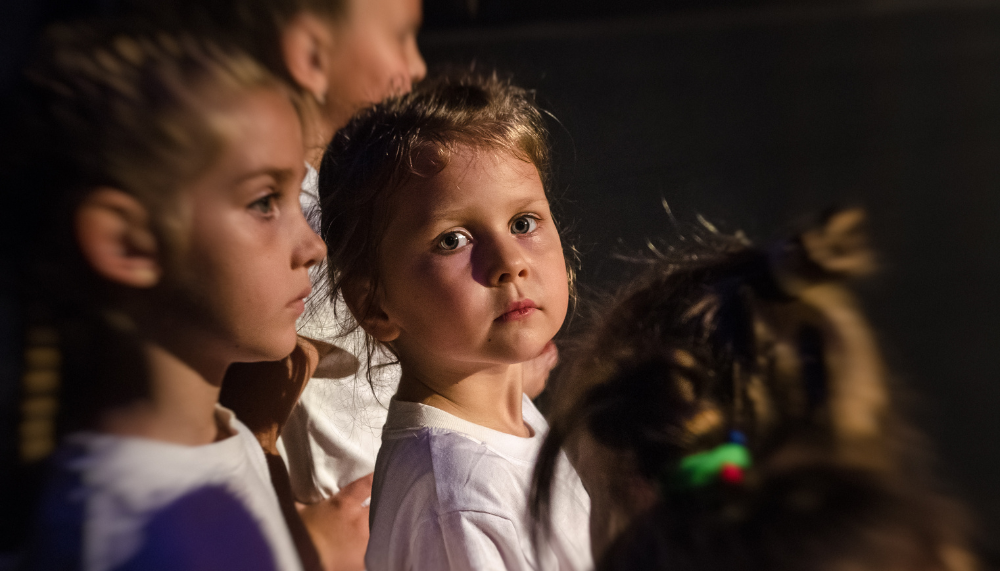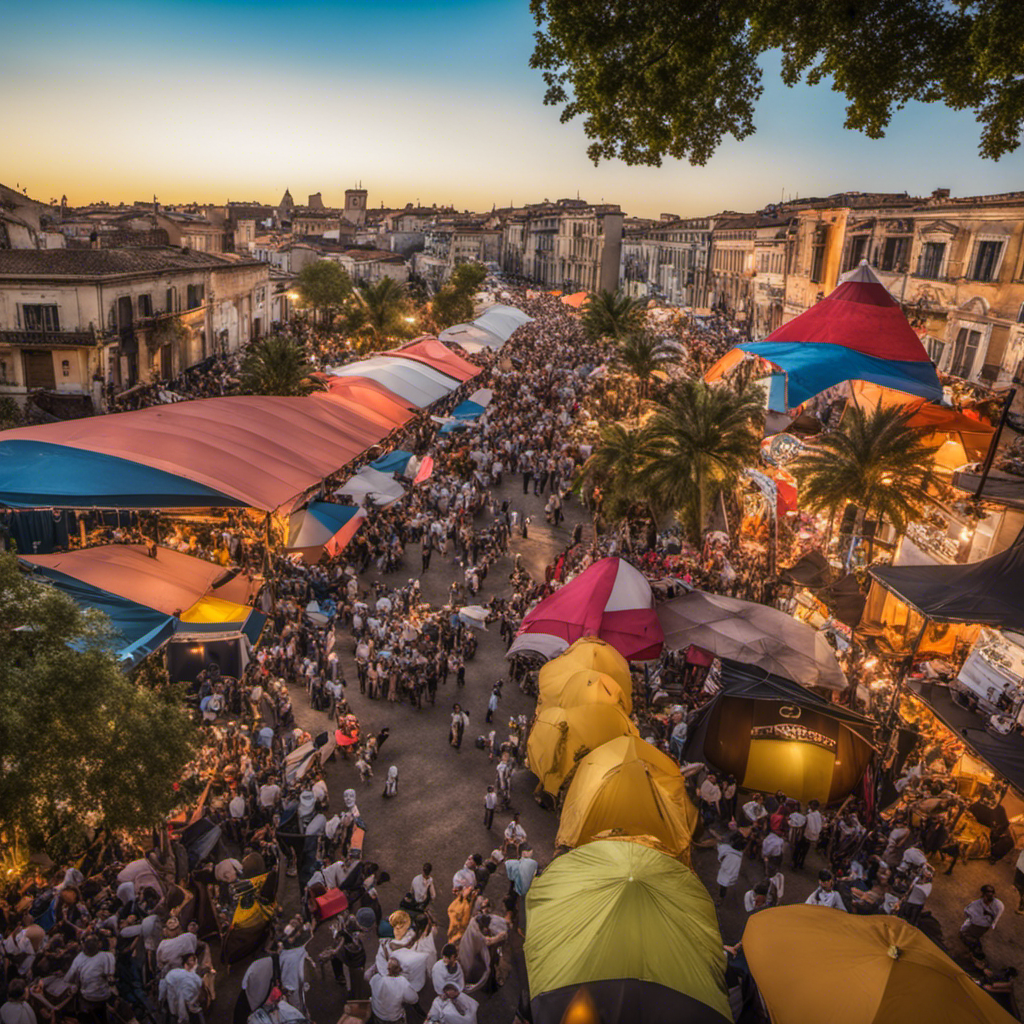Superstition: Why does green be wrong at the theater?
Superstition: Why does green be wrong at the theater?
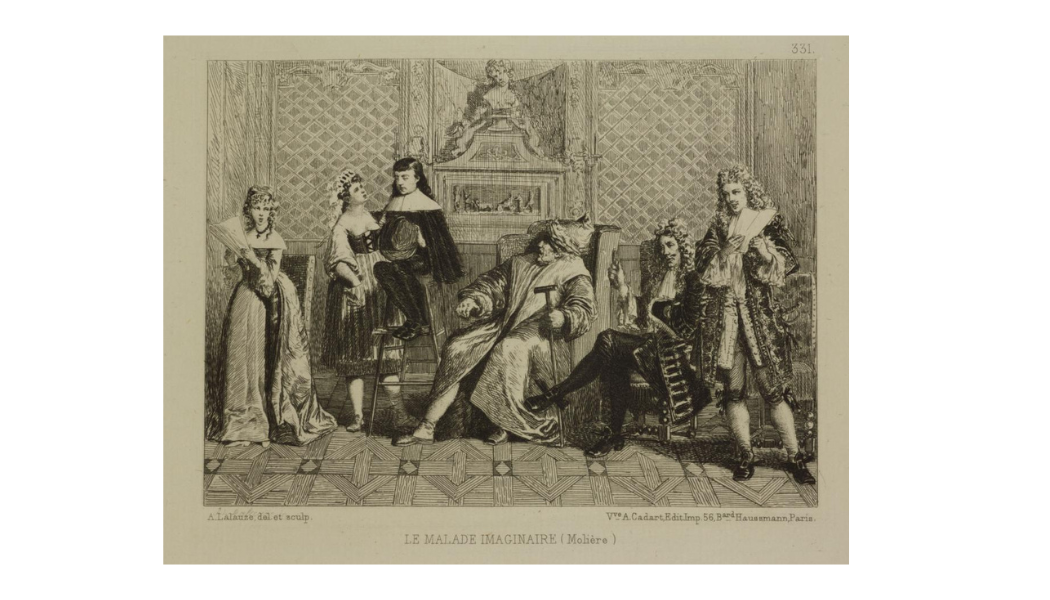
If the world of theater is full of traditions and symbols, few superstitions are as tenacious as that surrounding the green color. Why would green, however synonymous with nature and renewal, carry unhappiness on boards? To understand this, you have to go up the thread of history, explore popular beliefs and decipher the influence of this color in the world of theater.
Green, heap of the theater: an origin tinged with toxicity
To start well, the aversion to green at the theater is not a simple aesthetic whim. She finds her roots in very concrete facts. In the 17th and 18th century, stage costumes were often made with tinctures based on copper arsenate , a pigment that gave the fabric a beautiful emerald hue, but which was highly toxic. The actors who wore these clothes, under the burning spotlights or on poorly ventilated scenes, risked headaches, skin burns, even poisoning.
It is said that some artists refused to wear green near the skin, fearing irritated skin or serious ills ...
This very real danger has gradually fed a distrust around the green color, perceived as fatal or cursed. Over time, the chemical cause has faded, but the discomfort has remained in the spirits, transformed into superstition. Green has therefore become synonymous with a lifelong carrier.
Molière and the anecdote tragedy
Another emblematic story fuels this belief. He concerns Molière, a major figure in the French theater, who would have died dressed in green after a representation of the imaginary patient in 1673. If historians agreed that he was carrying a costume of this color during his last appearance on stage, the idea that his death is directly linked to his habit is a legend . However, this tragic coincidence was enough to maintain the taboo and that is why it is said that green carries woe in the theater ...
Thus from the 18th century, the fear of the green became awarded, the very idea of "fatal green" gained minds.
Some actors, on tour, still refuse today to sit on a green chair in the lodges, as if they feared to provoke the fate. Nor is it uncommon that an unwelcome green accessory is discreetly disappearing before the curtain rises.
Artists being particularly sensitive to signs, this story has gone through centuries as a silent warning. The irrational fear of green has been transmitted from generation to generation, to the point of being integrated into the habits and customs of many theatrical companies.
A color apart in the symbolic spectrum
Green, in many cultures, evokes nature, balance or even hope. But in the theater, he became a counter-symbol. Unlike red, associated with passion, or black, which imposes drama, green struggles to find its place on stage.
It would have been enough for a green actor to disappear in the shadows so that the shadow turns into a curse.
This perception is reinforced by practical considerations: under certain lights, in particular the ancient incandescent projectors, the green costumes could appear dull or imprecise , harming the visual readability of the actors. Even if current technologies have largely solved this problem, habits have a hard life.
Superstition today: between respect and provocation
In some dramatic art schools, it is still common to evoke the “green curse” to test the susceptibility of students. A fun way to transmit theatrical folklore while emphasizing the importance of history and symbolism in the actor's game.
Ultimately, why does green brings bad luck to the theater ? In essence, he does not really be bad but embodies, in the collective imagination, a legacy of risks, strong emotions and striking anecdotes. He recalls that the scene is a place of transmission, where we play as much with words as with invisible signs.
Refusing or adopting green then becomes a choice, between respected tradition and a spirit of challenge.
